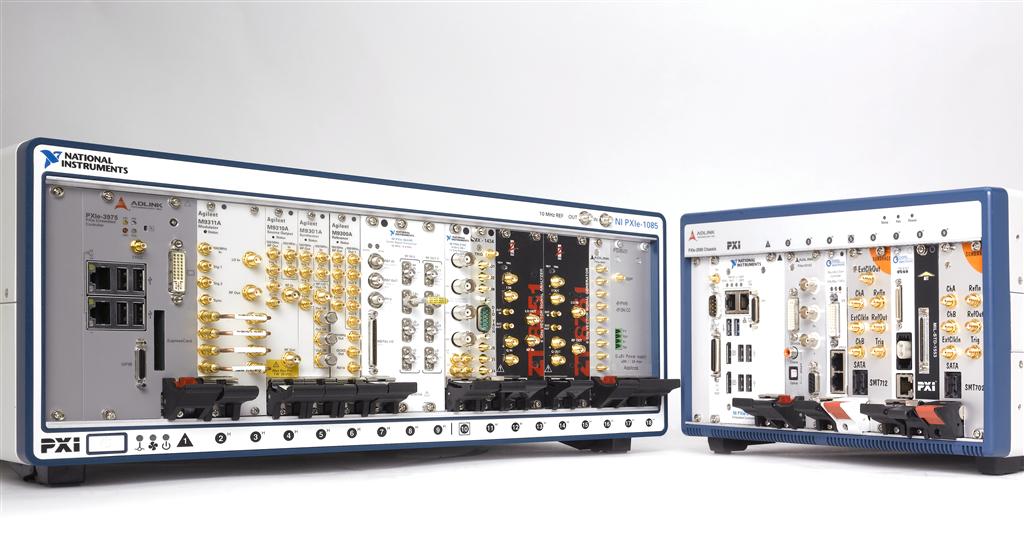Description
The National Instruments OBDII9M-DB9F CAN and LIN Cable, also known as the CAN OBD-II Cable, is a specialized CAN Cable designed for seamless integration with OBD-II compliant vehicles. It features a 9-Pin, Male SAE J1962 OBD-II Type A back-end connection and a 9-Pin, Female D-SUB front-end connection, ensuring compatibility with a variety of NI CAN interfaces such as PCI, USB, PCMCIA, CompactRIO, and PXI.
With a part number of OBDII9M-DB9F and an NI part number of 193942-02, this cable is an essential tool for automotive diagnostics and performance analysis. The cable boasts an impedance of 120 Ω and is constructed with two, 24 AWG twisted pairs, which are crucial for maintaining signal integrity in high-speed CAN communications.
| Attribute | Value |
|---|---|
| Product Name | National Instruments OBDII9M-DB9F CAN and LIN Cable |
| Type | CAN Cable |
| Also Known As | CAN OBD-II Cable |
| Part Number | OBDII9M-DB9F |
| NI Part Number | 193942-02 |
| Back-End Connection | 9-Pin, Male SAE J1962 OBD-II Type A |
| Front-End Connection | 9-Pin, Female D-SUB |
| Compatibility | NI CAN Interfaces (PCI, USB, PCMCIA, CompactRIO, PXI) |
| Impedance | 120 Ω |
| Wire Gauge | Two, 24 AWG twisted pairs |
Q1: What are the primary features and specifications of the National Instruments OBDII9M-DB9F CAN and LIN Cable, and how do they contribute to its functionality in automotive diagnostics and performance analysis?
A1: The importance of the 120 Ω impedance and the two, 24 AWG twisted pair construction in the National Instruments OBDII9M-DB9F CAN and LIN Cable’s performance for automotive diagnostics lies in their ability to ensure signal integrity and reduce electromagnetic interference (EMI), which is critical for reliable high-speed CAN communications in vehicle diagnostics and performance analysis.
Q2: What is the function of the National Instruments OBDII9M-DB9F CAN and LIN Cable, and what are its key features for compatibility with NI CAN interfaces and signal integrity in automotive diagnostics?
A2: The National Instruments OBDII9M-DB9F CAN and LIN Cable is designed for automotive diagnostics and performance analysis, featuring a 9-Pin, Male SAE J1962 OBD-II Type A connection for integration with OBD-II compliant vehicles, and a 9-Pin, Female D-SUB connection, supporting compatibility with a variety of NI CAN interfaces such as PCI, USB, PCMCIA, CompactRIO, and PXI.
Q3: What is the function of the National Instruments OBDII9M-DB9F CAN and LIN Cable, and which types of connections does it support for integration with OBD-II compliant vehicles and NI CAN interfaces?
A3: The National Instruments OBDII9M-DB9F CAN and LIN Cable functions as a connector between OBD-II compliant vehicles and various NI CAN interfaces for automotive diagnostics, featuring a 9-Pin Male SAE J1962 OBD-II Type A connection and a 9-Pin Female D-SUB connection for compatibility, as well as an impedance of 120 Ω and two 24 AWG twisted pairs to maintain signal integrity in high-speed CAN communications.
Q4: What is the importance of the impedance and twisted pair construction in the National Instruments OBDII9M-DB9F CAN and LIN Cable’s performance for automotive diagnostics?
A4: The National Instruments OBDII9M-DB9F CAN and LIN Cable, designed for connecting to OBD-II compliant vehicles, features a 9-Pin, Male SAE J1962 OBD-II Type A connection and a 9-Pin, Female D-SUB connection, compatible with various NI CAN interfaces such as PCI, USB, PCMCIA, CompactRIO, and PXI, and is built with an impedance of 120 Ω and two, 24 AW
Q5: What are the key features and compatibility details of the National Instruments OBDII9M-DB9F CAN and LIN Cable used for automotive diagnostics?
A5: The National Instruments OBDII9M-DB9F CAN and LIN Cable, also known as the CAN OBD-II Cable, is designed for automotive diagnostics and performance analysis with primary features that include a 9-Pin Male SAE J1962 OBD-II Type A back-end connection and a 9-Pin Female D-SUB front-end connection, ensuring it can interface with various NI CAN interfaces like PCI, USB, PCMCIA, CompactRIO, and PXI. Its



